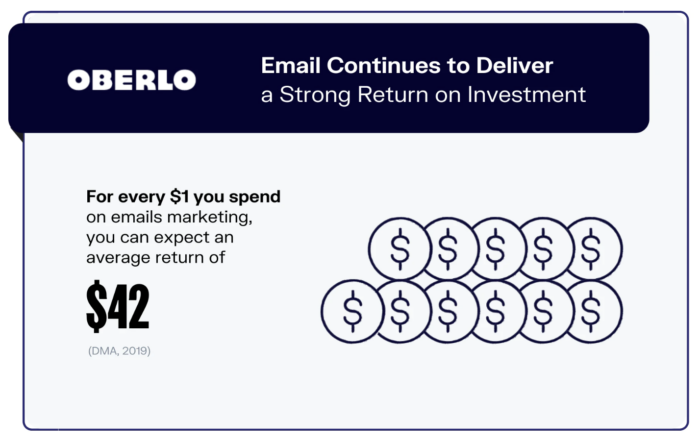Does Your Law Firm Website have a Content and Lead Capture Strategy?
I have seen dozens and dozens of attorney websites since entering the legal marketing field seven years ago. With the ascension of social media coupled with Google’s various algorithm changes, we have all learned a thing or two about what prospects want from a website. Yet, we find that these essential items are almost always missing from the law firm website content we work on:
1. A documented content strategy.
What is it?
If your law firm needs a new website, what is the first thing you should do? Lay out its design? Revamp your logo and company colors? Select the images and video for the slideshow? While these steps are necessary, they are not as critical as the content that will populate your website and drive traffic to it.
So, the first order of business even before your law firm website design is a content strategy.
A content strategy is a plan that you develop to identify the topics you will cover and types of content your site will contain to satisfy your visitors.
Why do I need it?
A well-thought-out content strategy for law firms not only informs the types of content you will create, it sets the framework for your website’s navigation. When your website’s navigation is well-organized, it makes for a positive and productive user experience; its beautiful design is just icing on the cake.
What should it contain?
Most of the clients we help have about five to 10 pages of content. We consider this an information-thin website. There are tons of opportunities for creating quality content beyond your homepage and main practice area pages. We learned years ago from the granddaddy of SEO himself, Bruce Clay, that organizing your website’s content into silos is key to ranking well in the search engine results pages (SERPs). This is the strategy we employ at We Do Web Content – we create and group related pages together to strengthen a site’s main navigation pages. Our clients receive anywhere from 20-40 pages per practice area.

Base your site’s navigation and page organization on the information your audience seeks, and couple that with your firm’s business goals. Each law firm content strategy we create is unique because it is based on the firm’s location and demographics. If you have Google Analytics, and Search Console installed on your website, it is important to review the data over a three- to six-month period to understand what people are searching for based on your location and practice areas.
Smart attorneys also keep their competition close. It is totally acceptable to spy on your competitors to see what pages they have on their websites. You might find that some of your competitors have less content than you but are performing better in search. This is frustrating, but this can happen for a variety of reasons.
For example, their marketing strategies may be a lot more expensive and include TV and pay-per-click advertising. Don’t fret, though. Smaller firms can target organic traffic by improving their own content and creating pages that are better than the competition. You can also check what links a page performing better than yours is getting. You may want to target longer-tail keywords that may not get the same number of inquiries, but may bring in higher quality traffic. Always do your keyword and competitor research prior to writing a single piece of content.
2. A contact form email follow-up sequence with an intake trigger.
What is it?
A contact form is simply a form that a visitor fills out to get in touch with your firm. A drip email campaign is an automated email sequence that sends messages to people who contact you. The drip campaign will target website visitors at various points in your sales cycle to help move them from visitor, to lead, to client.
The intake trigger is an alert to your salesperson or intake department that a new lead has come in and they should contact the lead as soon as possible.
Why do I need it?
On most attorney websites, the main lead generation tools are the phone number at the top of the page and the contact form. However, nowadays it’s not unusual to have multiple forms on your website for different purposes.
For example, a pop-up form for a free consultation that is connected to an email drip campaign with a specific follow-up sequence. With this form, you can request the prospect’s phone number and email address so your intake team can contact the prospect immediately once they’ve received the email trigger.
And by capturing the prospect’s email address, you are in turn growing your email marketing list for future touch points. Think about it – you can thank the prospect for considering your firm for his/her legal needs in the first email and then invite him/her to sign up for your newsletter in the second email. In the third email, you can offer a copy of your free report or guide.
What should it contain?
The basic contact form should get basic information from the user, like name, email address, and phone number.
An automated trigger to your intake or sales department is alerting them of the new lead. I use Infusionsoft for my clients and for my forms; this allows me to set tags for each specific lead and set tasks for myself and the staff.
Another type of form law firms can develop is one that pre-screens prospects. Pre-screening prospects can help you focus on the leads you consider quality. This form could ask a few general questions about the user’s case.
As mentioned above, the drip campaign can thank the user for contacting your firm, but might then send invites to sign up for the firm’s newsletter, download a report related to their case, provide specific information about the area of law that is of interest to the client, etc. Your content strategy can even inform the content of your drip campaign.
The bottom line is, forms and drip campaigns allow you to personalize a potential client’s experience so s/he knows what to expect next.
3. Guide/Report Lead Magnet.
What is it?
If you have been dying to know what a lead magnet is, you’re in luck! I recently covered the topic in this blog post. A lead magnet is an incentive or something of value you give prospects in exchange for their contact information. Examples of lead magnet ideas are eBooks, white papers, webinars, and many more.
The goal of a lead magnet is to grow your email marketing for law firms.
Why do you need one?
Having a lead magnet on your law firm’s website is another way to convert visitors to leads for law firms. You can use lead magnets in your paid ads as a means of driving traffic to your landing page or website; the user can leave your website educated, satisfied with the answer to their search query, and with a branded and relevant offer like an eBook, guide or marketing piece created by your firm.
Providing these valuable products can help build your firm’s relationship with the community, demonstrate your competence and expertise, and build trust with your potential clients. And getting their email address lets you remarket to them later.
What should it contain?
A good lead magnet provides value. Otherwise, why would somebody take the time to give their contact information and download it? Put the necessary time and effort into researching what you will create to serve as a lead magnet, and then craft it in a way that adds real value. Consider how and where you will display the offer on your website or in other marketing materials.
Like the pop-up form example above, it is imperative to have your lead magnet attached to a case management system and email marketing system that will capture the user’s contact information so it can deliver the product to the user in a timely manner.
Again, it all comes back to your content strategy, which can inform the types of lead magnets you create. We can help you create the content for your law firm website and web marketing strategy, start an email drip campaign, create lead magnets, and work it all into the design of your website. Call us if you need help – 888-521-3880.
Be sure to check out our glossary of content marketing terms to deepen your marketing strategy knowledge.

Alex Valencia is an influential entrepreneur, marketer, speaker, podcaster, and CEO of We Do Web Content, one of Inc. 5000’s fastest-growing businesses in America. His agency implements game-changing content marketing strategies and produces top-ranking web content for law firms, medical professionals, and small businesses nationwide.






